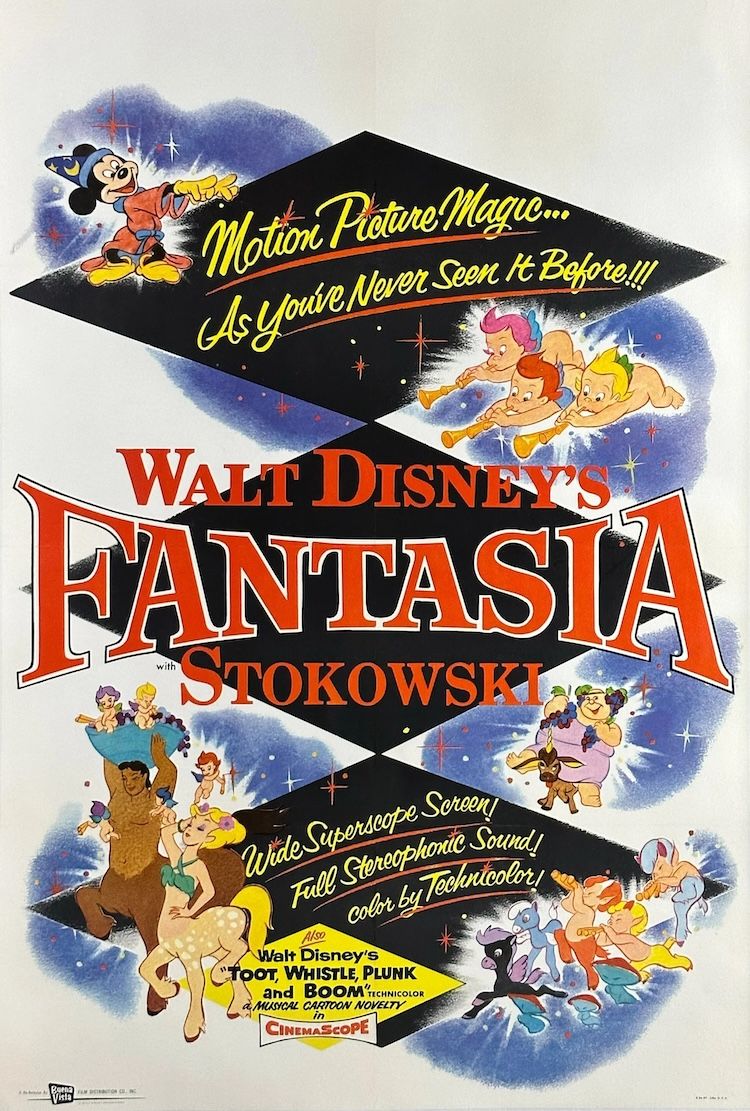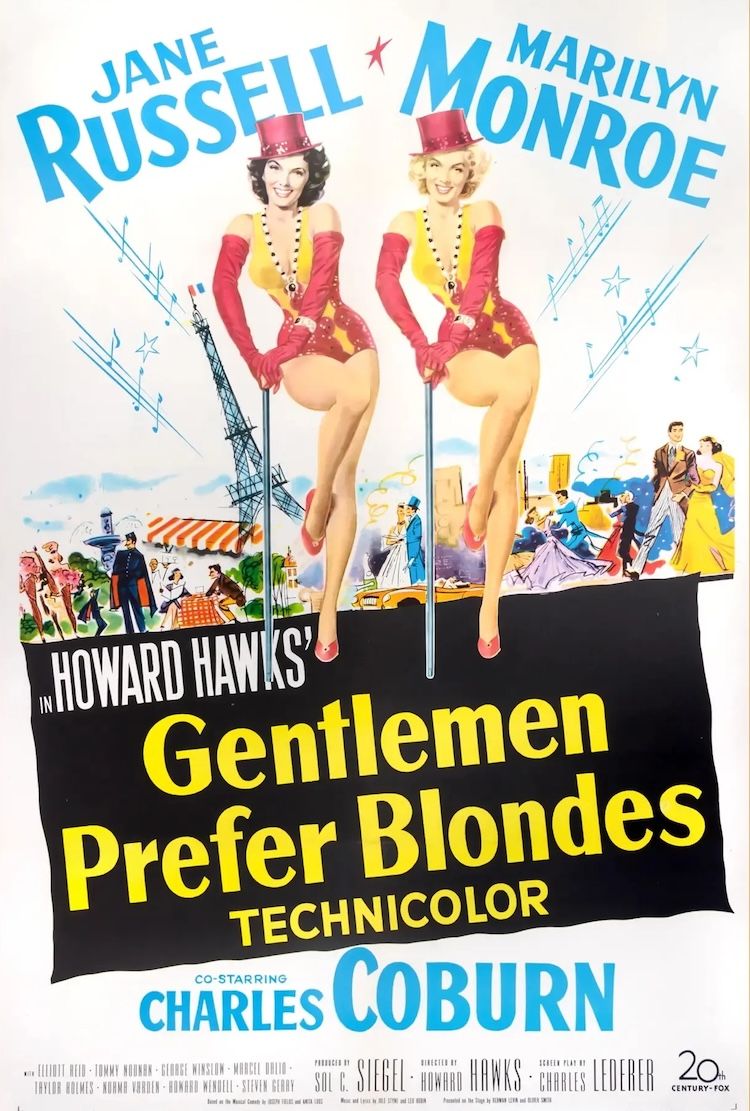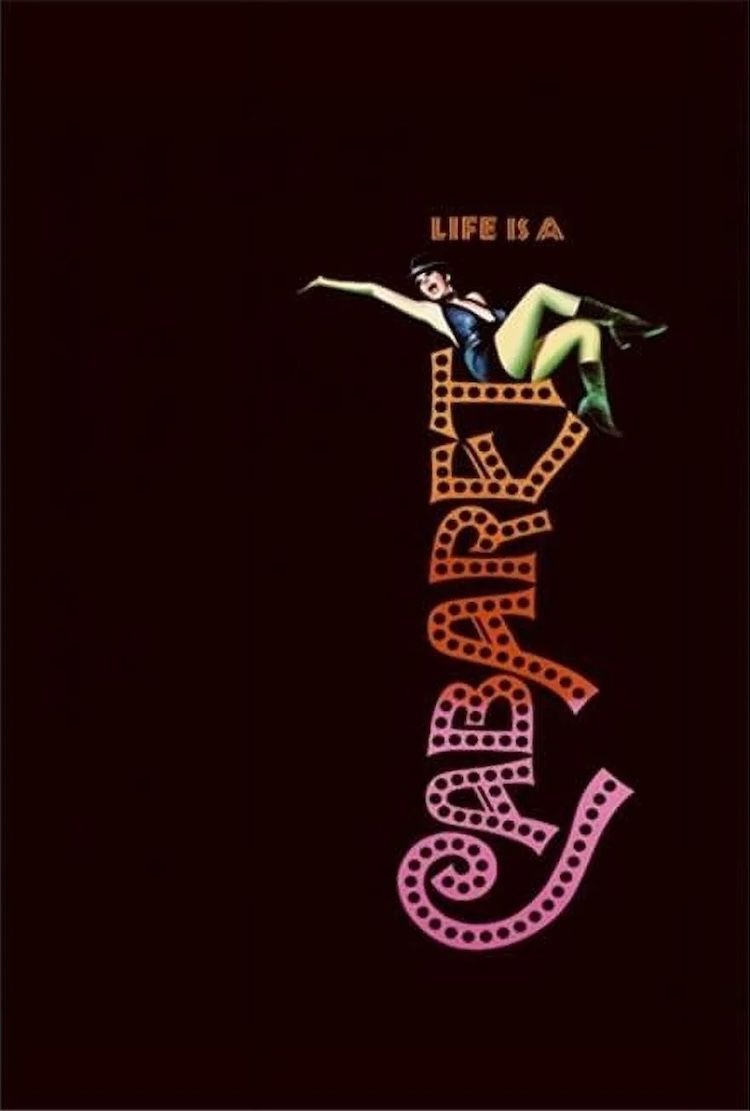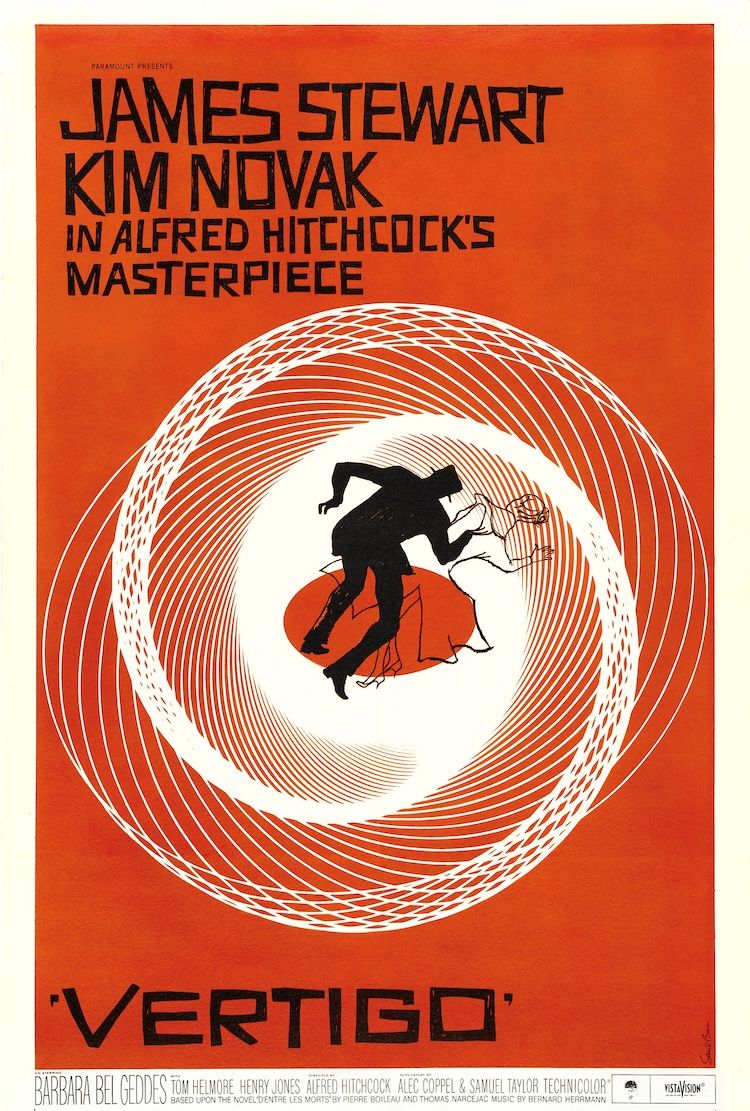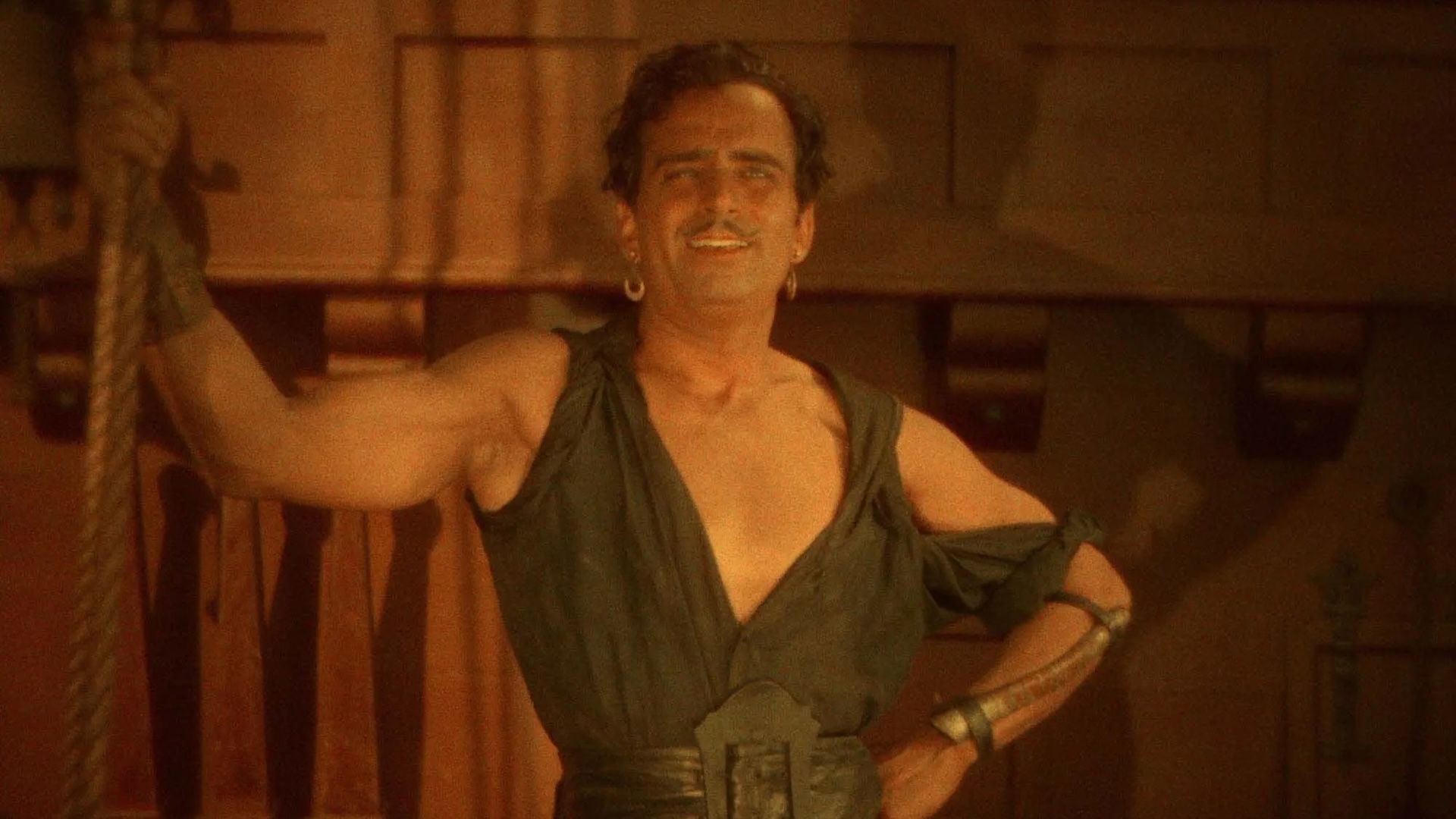
The Black Pirate
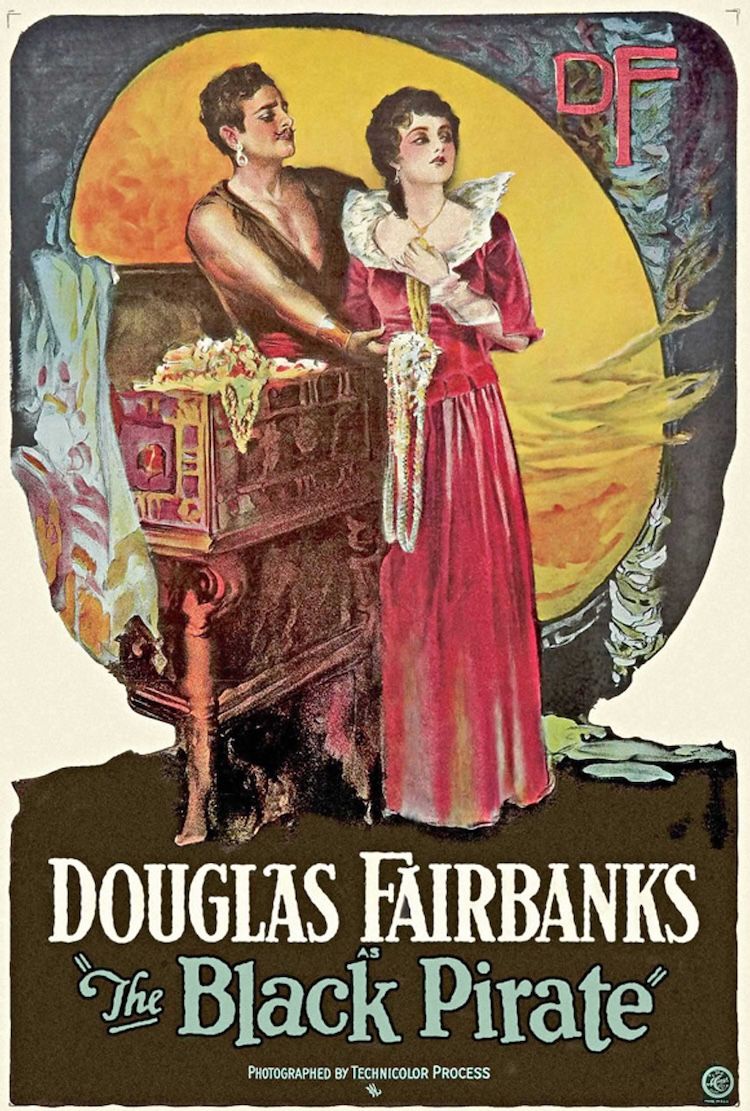
The Black Pirate employed Technicolor II, an early two-color process that took two filmstrips, one dyed orange-red and the other dyed blue-green, and cemented them together for projection. Douglas Fairbanks—who portrays a nobleman posing as the “Black Pirate” to seek justice for his father’s death—took a daring and adventurous route by designing the production for color cinematography in the 1920s. Bringing added dimension to the remarkable action scenes, Fairbanks ultimately realized his childhood admiration for pirate stories through innovative filmmaking of the silent era.
Restored by The Museum of Modern Art and The Film Foundation in cooperation with the British Film Institute. Funding provided by the Hollywood Foreign Press Association. Special thanks to Alexander Payne.




